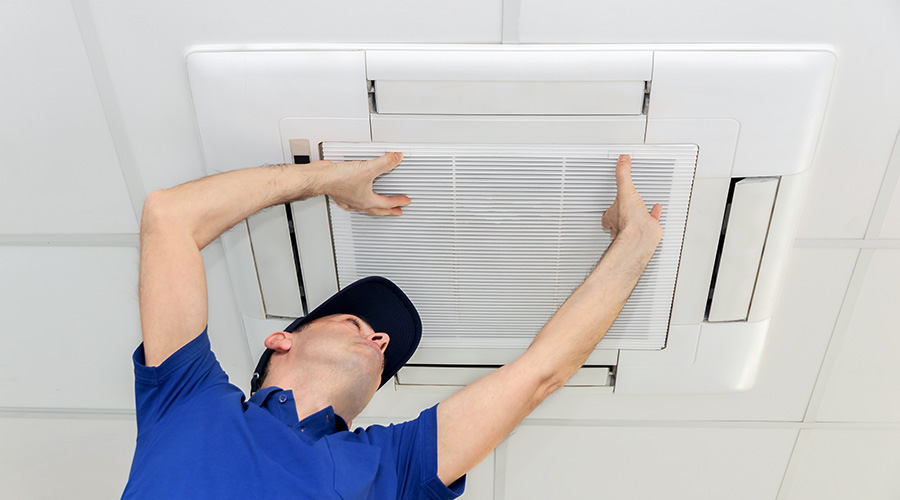9 Questions Probe Weaknesses of BSL3 Labs
Given the range of existing BSL3 facilities at various points in their respective lifecycles and the changing and evolving standards for design, construction, and operation, the question, "Where does my BSL3 facility stand in all of this?" is a challenging one to answer without a thorough and detailed physical survey and follow-on reporting.
That said, recent experience has revealed some commonality in existing BSL3 lab shortcomings. Below are nine questions that can help uncover a lab's potential points of non-compliance:
- Do I have the ability to track room-level differential pressures at each space in my facility? Suite-level differential pressures?
- Do I have a reliable and effective system to visually (and audibly) validate correct directional airflow when I'm working in each space in my BSL3?
- Does my building automation system properly alarm when suite doors are left open?
- Do I have a security system that accurately restricts access into all levels of my BSL3 suite?
- Do I coordinate regular meetings with the lab biosafety officer and the facility managers to review suite operations and report any general deficiencies?
- Can my suite air system seamlessly transition from grid power to stand-by power and back without losing containment (no reversals in directional airflow)?
- Do all windows and exterior wall systems properly seal to prevent infiltration of outdoor air directly through cracks and discontinuities? (A good indicator of leakage might be uncontrollable humidity)
- Can I effectively maintain a vapor-phase decontamination charge in each space in my suite or does the material prematurely exhaust before effective decontamination can occur?
- Am I fully confident that my BSL3 facility provides the safest environment for me and all those working in it?
If you answered "no" to any of the questions above, it is essential that you begin the process of understanding why these conditions exist.
Joseph A. D'Alù is an architectural/mechanical engineer at RMF Engineering with more than 16 years of experience. He has been responsible for the design and construction of HVAC and plumbing systems in a diverse range of markets, both new construction and renovation. His experience includes extensive building infrastructure design focused in laboratory and healthcare as well as academic housing and classroom, administrative office, performing arts, and historic preservation. He can be reached at joseph.dalu@rmf.com.
Related Topics:














